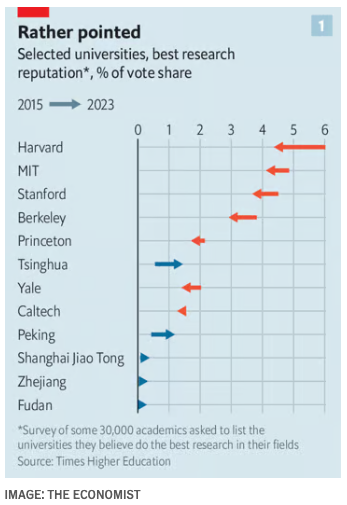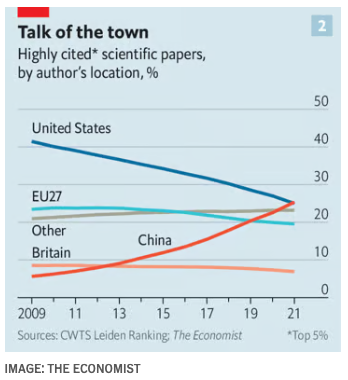Peter Blake (1920 - 2006) was a prominent figure in architecture and urban design. Born in Stralsund on the Baltic in 1920, he was among the many mid-century architects and artists who sought refuge in the United States due to European political upheavals [1]. His return from service in the U.S. military in WWII marked the beginning of a remarkable career. He served as the Curator for the Department of Architecture and Industrial Design at the Museum of Modern Art (MOMA) in New York (1948-1950) and later held various posts, culminating in the role of editor at the prestigious Architectural Forum (1950-1972), and later Architecture Plus (1973-75).
Peter Blake’s contribution to architectual discourse is exemplified in his article "The Folly of Modern Architecture," published in The Atlantic in September 1974 [2]. In this thought-provoking piece, he posed and answered nine questions, ultimately concluding, “I have seen the future, and it doesn’t work”. The following month, The Atlantic published a multi-author critique of Blake's assessment entitled "In Praise (And Castigation) of 'The Folly of Modern Architecture'"[3].
Blake's book, 'No Place Like Utopia: Modern Architecture and the Company We Kept'’ reflects on the Modern Movement in architecture in the era between the wars (WWI and WWII) and through the expanding post-war years[4]. In this book, he delves into the complexities of the Modern Movement, arguing that it was much more than a style coined the 'International Style' by Alfred H. Barr, Jr., Director of MOMA, in 1932.
Blake also wrote another book "Form Follows Fiasco: Why Modern Architecture Hasn't Worked," in which he critiques the fantasies of modern dogma that most architects once accepted[5]. He expresses his disenchantment with open-plan offices and homes, machine-made building materials, heat-transmitting glass facades, and windswept plazas.
Peter Blake's work contributed to the discourse on modern architecture, and his writings continue to influence the field. His reflections on the Modern Movement and his critique of its implementation offer valuable insights into the evolution of architectural and urban design in the 20th century.
An article by Sam Frentress in the May 2024 issue of The Atlantic offers additional perspective on Peter Blake's critique of modern architecture and urban design.[6]
[1] Pogrebin, R. (2006, December 6). Peter Blake, architect, 86, is dead; designed houses in Hamptons. New York Times.
[2] Blake, P. (1974, September). The folly of modern architecture. The Atlantic.
[3] Wood, R., Lapidus, M., White, K., Aldrich, N. W., Owings, N. A., Lefrak, S., Chermayeff, I., Goldberger, P., Lawrence, J., & Kennedy, R. W. (1974, October). In praise (and castigation of “the folly of modern architecture.” The Atlantic.
[4] Blake, P. (1997). No place like utopia: Modern architecture and the company we kept. W.W. Norton.
[5] Blake, P. (1977). Form follows fiasco: Why modern architecture hasn’t worked? Little, Brown.
[6] Fentress, S. (2024, May). The limits of utopia. The Atlantic
























